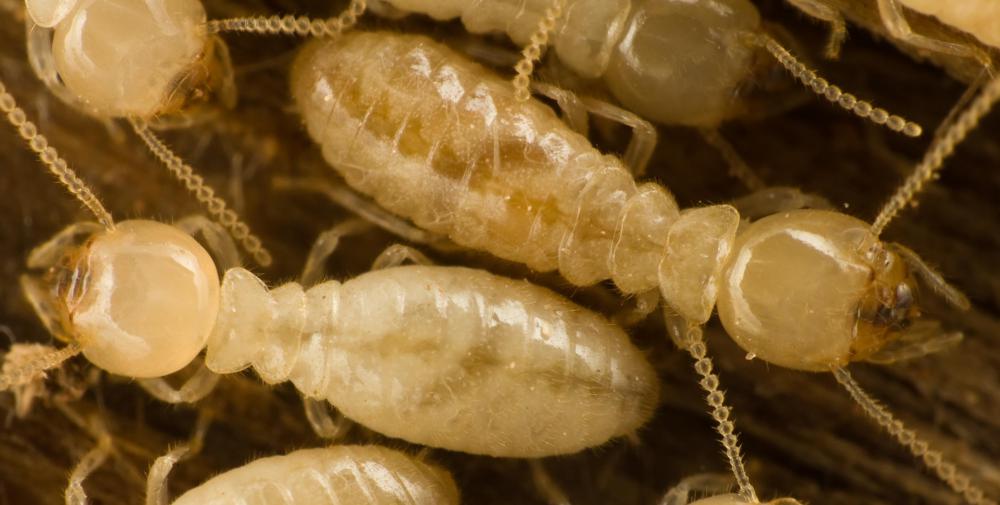At WiseGEEK, we're committed to delivering accurate, trustworthy information. Our expert-authored content is rigorously fact-checked and sourced from credible authorities. Discover how we uphold the highest standards in providing you with reliable knowledge.
What are the Different Methods of Termite Identification?
Termite identification is important if you are to properly rid a building of termite infestation. There are several methods of termite identification. Some of these involve looking at bodily features, noting their color, observing their fecal pellets, and observing their behavior. Termite identification is important because the proper identification is needed in order to choose the proper control method. Choosing an improper method of control may not affect the termite infestation at all.
One method of termite identification is to look at the termite’s body structure. Some may confuse a swarming termite, a termite in the reproductive phase, with a carpenter ant because of the wings. On closer inspection, however, termites will be seen to have a structure that looks like a head and a body. A carpenter ant, meanwhile, will have a clearly defined head, thorax, and abdomen. Carpenter ants also do not shed their wings, while termites do.

Other termite identification methods include looking at the insect's antennae and wings. Both ants and swarming termites have four sets of wings. The front and back wings of swarming termites, however, are equal in length, while an ant's front wings are longer than their back ones. The antennae of termites are also beaded in appearance and do not bend. They also have no club-like structures at the ends and point away from the body.

Looking at the color of the insect is another method of termite identification. Each of the different kinds of termites has a different color, making it possible to tell them apart. The swarming termites of the subterranean versions are brownish black or dark brown. Their workers and soldiers, on the other hand, are white with yellow heads. Swarming termites have no wings.
There are two types of drywood termites and both have a different coloring. Western drywood termites have dark brown bodies, reddish brown heads and thoraxes, and black wings. Desert drywood termites, on the other hand, are pale in color. Dampwood termites are dark brown with brown wings. Their soldiers have brown or yellow head while their nymphs are cream-colored and have spotted patterns on their abdomens caused by the food their have eaten.
It is also possible to identify termites by evidence of their behavior. Subterranean termites have to keep moist and so build their nests in or around soil and use shelter tubes to get around. The shelter tubes help keep them protected from predators and keep the humidity stable as they travel. Drywood termites live above ground. Dampwood termites live in cool humid places, and usually build nests in wood buried beneath the ground.
Examining the fecal pellets is another method of termite identification. Subterranean termites do not leave fecal pellets. Drywood termites and dampwood termites do, however, and can be told apart by examining their fecal matter. Their pellets are both rounded at the ends and have six sides. However, drywood termite pellets may have sides that are flat or pressed in and will have ridges that separate the sides. Dampwood fecal matter, on the other hand, may also be flat but will not have conspicuous ridges.
AS FEATURED ON:
AS FEATURED ON:












Discuss this Article
Post your comments